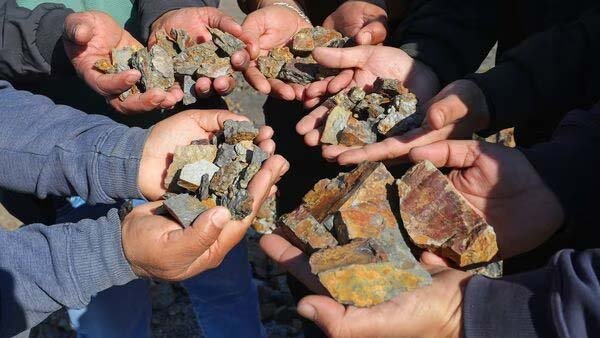India seeks to diversify its lithium sourcing and explore domestic reserves. Simultaneously, the government is actively seeking alternative minerals and chemistries to meet the burgeoning demand.
Why should India look beyond lithium for battery manufacturing?
With India’s ambitious targets for energy transition and electric mobility, there’s a growing focus on scouting for minerals to support battery manufacturing. While sourcing lithium from countries like Australia and Argentina has gained momentum, efforts are underway to diversify battery manufacturing technologies and chemicals beyond lithium-based chemistries.
Why the need to look beyond lithium for battery manufacturing?
Despite being the most commonly used mineral for manufacturing batteries, concerns arise about the low availability of lithium due to its high demand in electric vehicles and grid-scale energy storage. A report by BMI, a Fitch Solutions research unit, suggests a potential supply deficit of lithium by 2025 due to increasing global demand. India currently has no domestic lithium supplies, although recent reserves have been found in Jammu and Kashmir, Rajasthan, and Jharkhand.
What’s India’s lithium import bill?
Currently, India imports all its lithium requirements, with imports reaching $33.05 million in FY23, a 49% increase from the previous fiscal year. The import of lithium-ion batteries also surged by 56.84% to $2.87 billion in FY23. While lithium imports don’t currently form a significant part of India’s import bill, further growth is expected.
Which other minerals and chemistries are being explored?
India is actively exploring alternatives to lithium, with a particular focus on sodium as a key mineral for battery manufacturing. Sodium-ion batteries have emerged as a potential contender, especially in light of limited lithium availability and the global competition for lithium mines in countries like Chile, Argentina, and Australia. Additionally, India is exploring technologies such as aluminium-air batteries, vanadium batteries, and flow batteries.
What efforts is India taking to diversify and enhance its battery sector?
In addition to exploring lithium sourcing and domestic reserves, the Indian government is actively seeking alternative minerals and chemistries to diversify the battery sector. A production-linked incentive scheme for ‘niche’ batteries is in development, aimed at promoting research and development for newer chemistries. Battery companies are also looking into rolling out batteries with innovative chemistries to boost the sector’s capabilities.











